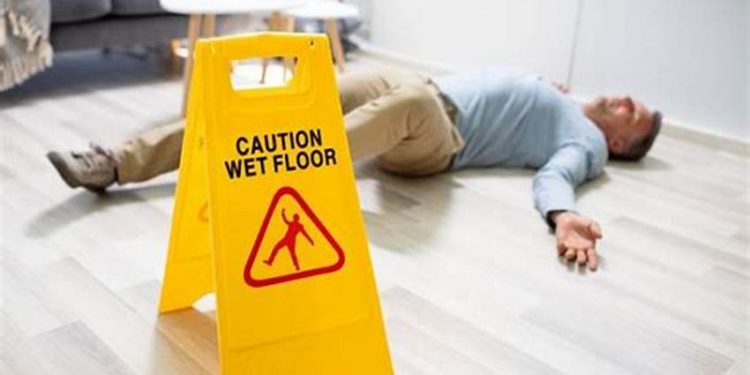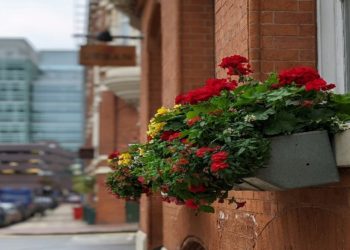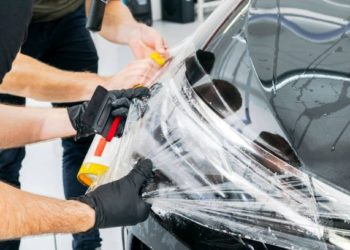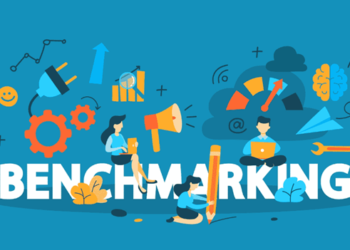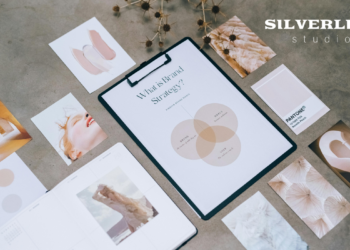Slip and fall accidents can happen unexpectedly, causing injuries and disrupting lives. In Canada, understanding the legal and medical aspects of such incidents is crucial for ensuring fair compensation and proper treatment. This article delves into the steps individuals should take when dealing with slip and fall injuries on public property.
Slip and fall injuries are a common occurrence, often resulting from hazardous conditions such as wet floors, uneven surfaces, or inadequate lighting. Understanding the causes and consequences of these accidents is essential for both prevention and recourse.
Understanding Slip and Fall Injuries
What are Slip and Fall Injuries?
Slip and fall injuries refer to accidents where individuals lose their balance and fall due to hazardous conditions. These accidents can lead to various injuries, ranging from minor bruises to severe fractures and head trauma.
Common Causes of Slip and Fall Accidents
Slip and fall accidents can occur due to various hazardous conditions present in public areas. Understanding these common causes is essential for taking preventive measures and minimizing the risk of such incidents.
1. Wet or Slippery Surfaces
One of the primary causes of slip and fall accidents is wet or slippery surfaces. These can result from spills, leaks, or inadequate cleaning, especially in areas like kitchens, bathrooms, or entryways during inclement weather.
2. Uneven or Damaged Flooring
Insufficient lighting in indoor and outdoor spaces can obscure hazards and increase the risk of slip and fall accidents, especially in stairwells, parking lots, and dimly lit corridors.
4. Lack of Signage
Failure to provide warning signs for potential hazards, such as wet floors or steps, can contribute to slip and fall accidents. Clear and visible signage is essential for alerting individuals to potential dangers.
5. Improper Footwear
Wearing inappropriate footwear, such as high heels or shoes with worn-out soles, can increase the likelihood of slipping and falling, especially on slippery surfaces or uneven terrain.
6. Weather Conditions
Adverse weather conditions, such as rain, snow, or ice, create slippery surfaces that pose a significant risk for slip and fall accidents, particularly in outdoor areas like sidewalks and parking lots.
7. Clutter and Obstructions
Cluttered walkways, debris, or obstructions such as loose cables or misplaced objects, can impede safe passage and increase the risk of tripping and falling.
8. Lack of Handrails or Guardrails
Inadequate safety features, such as missing or poorly maintained handrails or guardrails, can contribute to falls, especially in areas with stairs, ramps, or elevated platforms.
9. Negligent Property Maintenance
Failure to maintain premises in a safe condition, including neglecting repairs, cleaning, or upkeep, can lead to hazardous conditions that increase the likelihood of slip and fall accidents.
10. Environmental Factors
Environmental factors such as poor weather drainage, inadequate ventilation leading to condensation, or excessive humidity can create slippery surfaces indoors and outdoors, contributing to slip and fall accidents.
Legal Implications in Canada
Liability in Slip and Fall Cases
In Canada, property owners have a legal obligation to maintain safe premises for visitors. If negligence on the part of the property owner contributed to a slip and fall injury, they may be held liable for damages.
Steps to Take After a Slip and Fall Incident
Immediately after a slip and fall incident, it’s essential to seek medical attention and report the incident to the property owner or manager. Documenting the scene and gathering evidence can strengthen any potential legal claims.
Seeking Medical Attention
Importance of Prompt Medical Care
Even seemingly minor slip and fall injuries can have long-term consequences. Seeking prompt medical care allows for proper diagnosis and treatment, minimizing the risk of complications.
Types of Injuries to Look Out For
Slip and fall injuries can range from sprains and strains to fractures and head trauma. It’s essential to be aware of common symptoms and seek medical attention if any injury is suspected.
Documenting the Incident
Why Documentation is Crucial
Detailed documentation of the slip and fall incident, including photographs, witness statements, and medical records, can provide valuable evidence in potential legal proceedings.
What Information to Gather
Key information to gather after a slip and fall incident includes the date, time, and location of the accident, contact information for witnesses, and any relevant details about the hazardous condition.
Navigating the Legal Process
Legal Options Available
Victims of slip and fall injuries in Canada have various legal options available, including filing a claim against the property owner or seeking compensation through their insurance provider.
Statute of Limitations
It’s essential to be aware of the statute of limitations for filing a slip and fall claim, as failing to do so within the specified timeframe can result in the loss of legal rights.
Settling the Claim
Negotiating with Insurance Companies
Insurance companies may offer settlements for slip and fall claims, but it’s crucial to evaluate these offers carefully and consider consulting with a legal professional to ensure fair compensation.
When to Consider Legal Representation
In complex slip and fall cases or when facing resistance from insurance companies, hiring a personal injury lawyer can provide invaluable support and expertise, learn more about Ottawa auto accident lawyers.
Preventing Future Incidents
Tips for Avoiding Slip and Fall Accidents
Simple precautions, such as wearing appropriate footwear and being mindful of surroundings, can significantly reduce the risk of slip and fall accidents.
Importance of Property Maintenance
Property owners play a crucial role in preventing slip and fall accidents by regularly inspecting their premises, addressing hazards promptly, and providing adequate warning signs.
Conclusion
Dealing with slip and fall injuries on public property in Canada requires a combination of medical attention, legal guidance, and preventive measures. By understanding one’s rights and responsibilities, individuals can navigate these incidents with confidence and ensure the best possible outcome.






















































